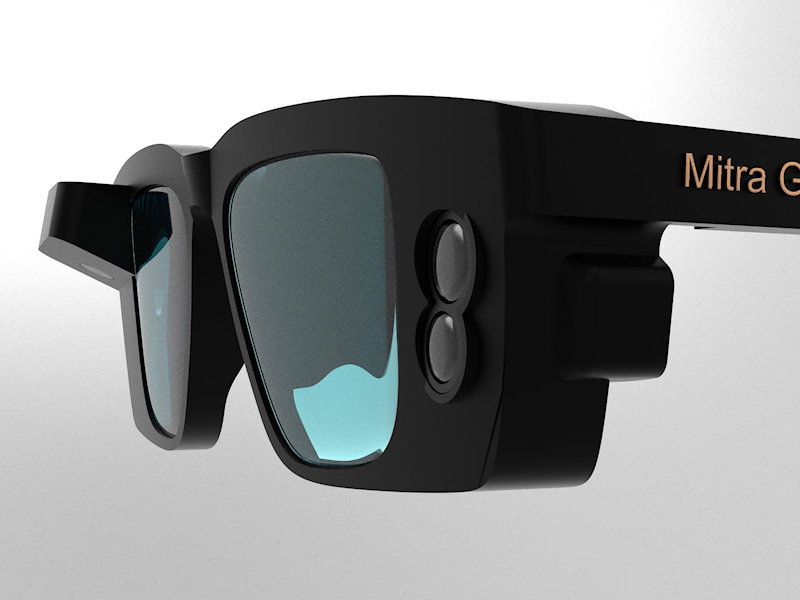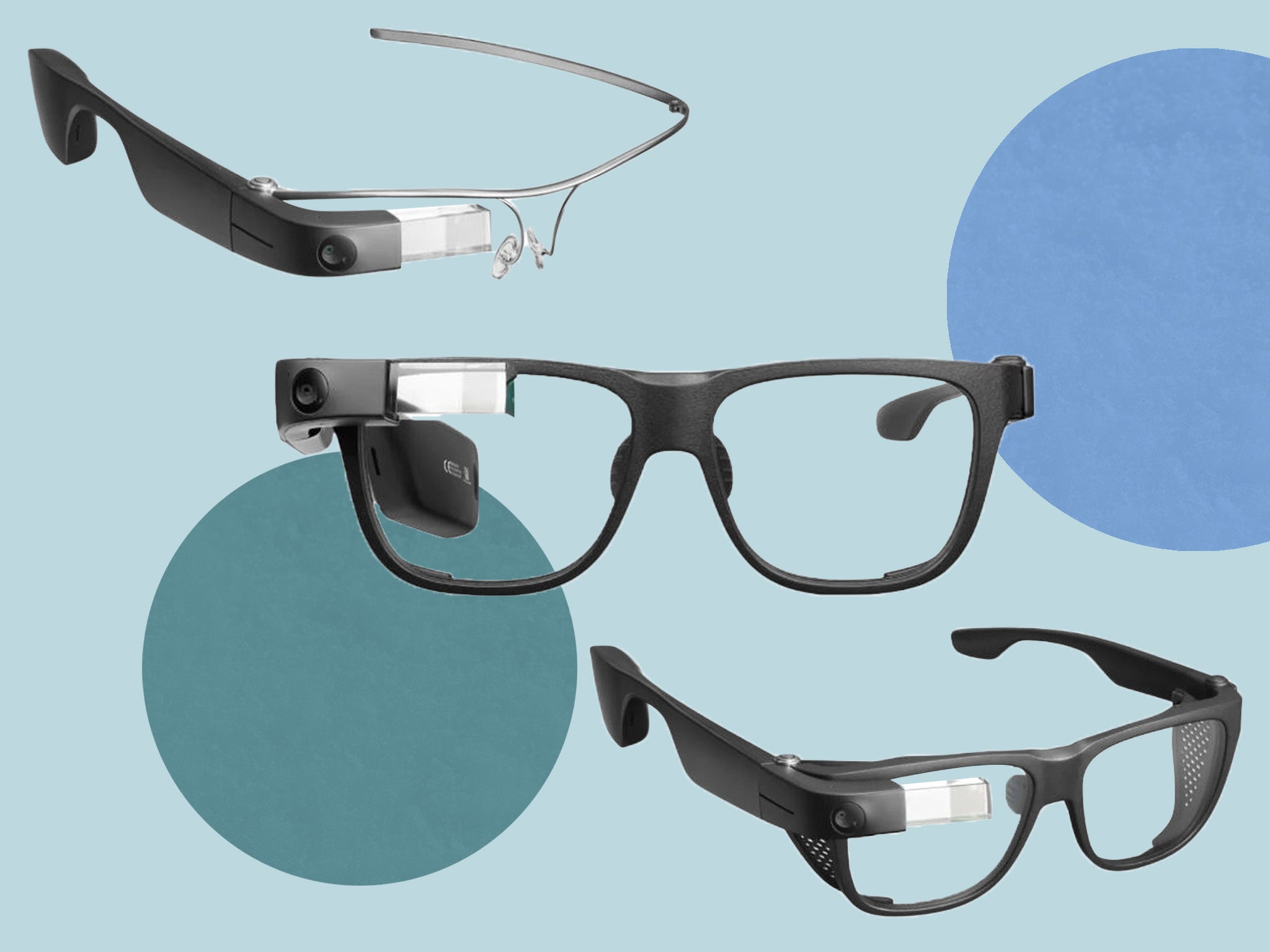The Future of Assistive Technology for the Blind: Empowering Independence
The Future of Assistive Technology for the Blind: Empowering Independence
Blog Article
Empowering Self-reliance With Assistive Technology for the Blind
The combination of assistive modern technology for individuals who are blind or visually damaged represents a significant improvement in fostering independence and improving top quality of life. With an array of tools-- from screen viewers to innovative responsive tools-- these modern technologies not just promote navigating and interaction but likewise promote social addition and engagement in different facets of life.
Comprehending Assistive Innovation
Although assistive technology has developed substantially over the years, its basic function remains the very same: to boost the top quality of life for people with handicaps, especially those that are visually impaired or blind. This technology includes a broad variety of devices and tools that assist in independence and functionality in day-to-day activities.
Assistive modern technology can be categorized right into low-tech and high-tech options, each designed to meet details requirements. Modern gadgets typically consist of software program applications, specialized hardware, and flexible gadgets that utilize advanced modern technology to supply support in different contexts. Alternatively, low-tech services may entail everyday items that are modified to enhance access, such as magnifiers or responsive markers.
The assimilation of assistive innovation into the lives of individuals who are blind or aesthetically impaired not only promotes freedom yet likewise fosters social inclusion and engagement in academic and expert atmospheres. By leveraging these technologies, users can navigate their surroundings, gain access to details, and interact efficiently, therefore enhancing their total quality of life. Understanding assistive technology is crucial for caretakers, advocates, and experts that intend to sustain people in maximizing their possible and accomplishing greater self-reliance.
Kinds of Assistive Devices
Assistive gadgets for the aesthetically damaged and blind are essential tools that boost daily obeying addressing details obstacles run into by users. These tools can be broadly categorized into three main kinds: optical devices, digital gadgets, and sensory devices.

Sensory tools, such as Braille displays and responsive maps, provide alternate methods to get info. Braille displays transform digital message into Braille, making it possible for users to review touch. Responsive maps offer spatial understanding via elevated lines and textures, enabling far better environmental understanding.
With each other, these assistive gadgets encourage people with visual disabilities to involve even more fully with their surroundings, promoting greater freedom and self-confidence in daily tasks.

Effect On Day-to-day Live
The combination of assistive innovation right into the every day lives of individuals that are visually impaired or blind considerably boosts their capability to browse and engage with the world around them. Gadgets such as screen readers, Braille displays, and mobile applications promote access to details, enabling users to engage with electronic content, communicate effectively, and handle day-to-day tasks independently.
Furthermore, innovations like clever glasses and navigation apps supply real-time support in strange atmospheres, improving wheelchair and confidence. These tools allow individuals to recognize challenges, reviewed indications, and also recognize faces, thus promoting a feeling of freedom in public areas. In addition, home automation systems, which can be regulated through voice commands, permit individuals to handle their living atmospheres better, boosting convenience and security.
The influence of assistive modern technology extends beyond useful tasks; it advertises social addition and emotional well-being. By bridging the void between individuals and their environments, these modern technologies encourage customers to take part fully in area activities, go after instructional opportunities, and involve in significant relationships. Eventually, the innovation of assistive modern technology is important in redefining the opportunities for individuals who are visually damaged or blind, resulting in a more comprehensive and obtainable culture.
Success Stories and Endorsements

Another powerful review comes from Mark, a recent college grad that used display analysis software application throughout his academic journey. This modern technology allowed him to accessibility program materials and get involved in conversations, inevitably resulting in his successful transition into the workforce. Mark credits assistive technology for encouraging him to attain his career goals, highlighting its duty in leveling the playing area for people with visual problems.
Furthermore, area facilities have reported increased participation in their programs many thanks to the intro of easily accessible electronic platforms. These platforms have actually made it simpler for individuals to link, share sources, and support each other. These success tales collectively emphasize the extensive result of assistive modern technology in promoting self-reliance, boosting lifestyle, and damaging down barriers for the blind and visually impaired community.
Future Trends in Assistive Tech
Arising innovations are poised to reinvent the landscape of assistive tech for individuals that are aesthetically damaged or blind. Innovations in artificial knowledge (AI) and device understanding are improving the capacities of tools, enabling even more intuitive individual experiences. For example, AI-driven applications are increasingly able to check out and acknowledge things text aloud in real-time, giving hyperopia users with valuable details concerning their environments.
In addition, developments in wearable innovation are producing brand-new chances for independence. Smart glasses furnished with augmented reality features can overlay critical details onto the user's field of view, facilitating navigation and interaction with the environment. Furthermore, the integration of Internet of Points (IoT) tools is improving access in smart homes, allowing customers to manage home appliances and obtain notices via voice commands or responsive user interfaces.
The development of braille screens and responsive comments systems is likewise on the rise, advertising accessibility to digital web content and enhancing interaction. As these modern technologies remain to develop, they promise to boost day-to-day living, educational chances, and work potential customers for individuals with aesthetic disabilities. Continuous partnership in between engineers, customers, and campaigning for groups will certainly be important in making certain these innovations meet the needs of the neighborhood effectively.
Verdict
In final thought, assistive modern technology plays a crucial duty in enhancing the self-reliance of people who are visually impaired or blind. By supplying necessary tools and sources, these technologies help with boosted interaction, accessibility, and navigation to info, thus promoting freedom and self-esteem. The transformative impact of assistive tools not just advertises efficient interaction with the atmosphere however also urges social addition and engagement in different aspects of life, inevitably empowering customers to grow within their areas.
The assimilation of assistive modern technology for individuals that are blind or aesthetically damaged stands for a significant improvement in fostering self-reliance and enhancing high quality of life.The assimilation of assistive modern technology right into the lives of people who are blind or aesthetically hindered not only promotes freedom but additionally fosters social addition and engagement in educational and specialist environments. Inevitably, the improvement of assistive modern technology is crucial in redefining the possibilities for people that glasses store are aesthetically damaged or blind, leading to a much more inclusive and easily accessible society.
Lots of individuals who are blind or aesthetically damaged have actually shared inspiring success tales that highlight the transformative impact of assistive modern technology on their lives.In final thought, assistive technology plays an essential role in boosting the self-reliance of people that are blind or aesthetically impaired.
Report this page